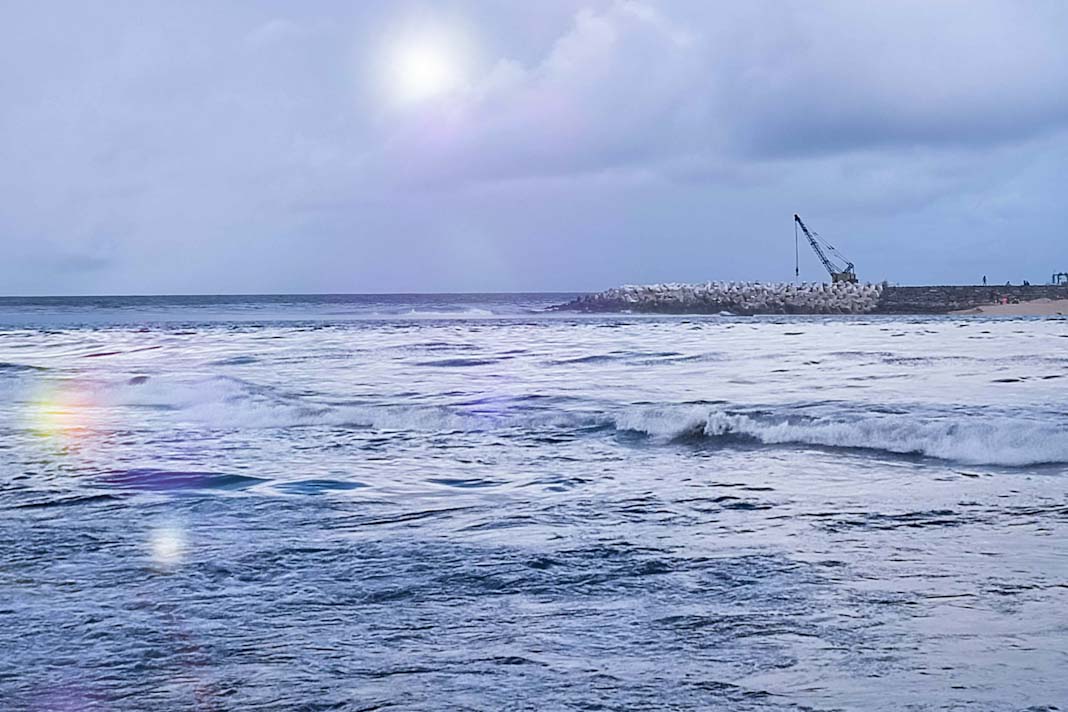Electricity has a huge part to play in tackling decarbonization in many industries. Shipping is no exception – being able to plug your ship into the local power grid when at port reduces emissions and saves fuel. Here are five other intriguing ways your vessel could benefit from a ship-to-shore power connection.
Ship To Shore Power
Just one single container vessel might have an hourly electricity demand of 4,000 kWh.
On a 10-hour port stay that translates into enough electricity to power 10 average four-person households for a year!
Now multiply this by the number of container ships in the world – the fuel and emissions savings offered by ship-to-shore power will be a big step forward for maritime decarbonization.
Benefits Associated
Aside from the significant fuel and emissions savings, there are many more excellent reasons why it’s time to invest in shore power:
- Shore power can be green power
To meet increasingly strict decarbonization targets, it’s important to use green energy instead of fossil fuels whenever possible. In many European countries today, up to 50% of electricity is generated from renewable sources like wind, hydro or solar power. This makes shore power an extremely green option. The potential impact of consistent usage of greenshore power can be huge, reducing fuel consumption and emissions by as much as 10% depending on the vessel type and trade. Connecting to shore power also reduces wear and tear on auxiliary engines.
- Regulations are making shore power more widely available
If you’ve not yet invested in a shore power connection for your vessel, it might be because the ports you use don’t have the right infrastructure. But this is changing at speed.
The problem has been that ports haven’t invested in the technology without the customers to use it – but customers won’t invest until the infrastructure is there. Now regulators around the world are taking action and governments are making it mandatory for ports to install shore power facilities. They are even co-funding projects as part of their decarbonization efforts. There are hundreds of such projects on both US coasts, throughout Europe, and at the large Asian port hubs.
From 2030, all container and passenger ships will be required to connect to shore power when they are in a Trans-European Network port for more than two hours. Likely, similar legislation will soon be more common worldwide, making a shore power connection essential on board.
- Standards are already in place for ship-to-shore power
It’s easier to use a shore power connection when most ports have a standardized system. Luckily common standards already exist, so vessels can plug in wherever in the world they’re sailing to.
IEC 80005-1 describes a high-voltage solution for the container, RoRo, cruise vessels LNG carriers, and tankers. This standard can also be applied to pure car truck carriers and RoPax vessels such as ferries and superyachts.
IEC 80005-3 regulates a low-voltage solution for all vessels that need up to 1 MW shore power, for example, bulkers or offshore vessels. Regardless of the solution in question, it must be approved by a classification society.
IEC 62613-2 and IEC 60309-5 regulate plugs, socket outlets, and couplers, ensuring compatibility and interchangeability.
These global standards mean you can invest and know that wherever in the world your vessel travels, it can find a port to plug into.
- Shore power can be used to charge your vessel’s batteries
You now know about the benefits of using a shore power connection – especially one that can supply renewable electricity – for hotel load when in port. This significantly reduces a vessel’s emissions and fuel consumption. But there is also another way to use shore power: for charging your vessel’s batteries.
For fully electric ships or hybrid ships with both engines and batteries, a chargeable onboard energy storage system allows the ship to sail without using its engines. If the electricity is generated from renewable sources, using the onshore power grid for charging means the vessel can achieve fully zero-carbon operations when running on battery power alone.
- Expert systems integrators can help
Most vessels need medium-voltage technology for shore power. This means you will need an experienced provider who can design and install the needed systems and strictly follow established design rules and installation best practices. With the right systems integrator partner, you can add a shore power connection to your ship without docking or taking it out of operation.
Did you subscribe to our daily Newsletter?
It’s Free! Click here to Subscribe
Source: Wartsila






















